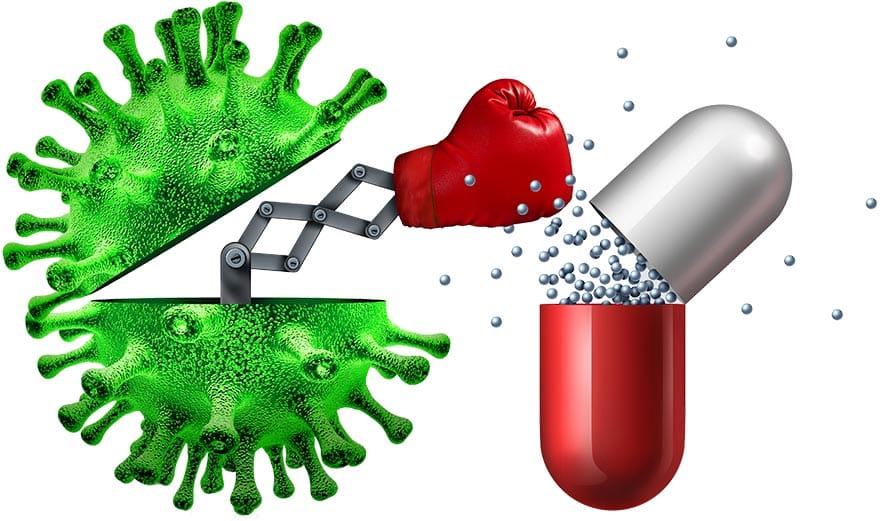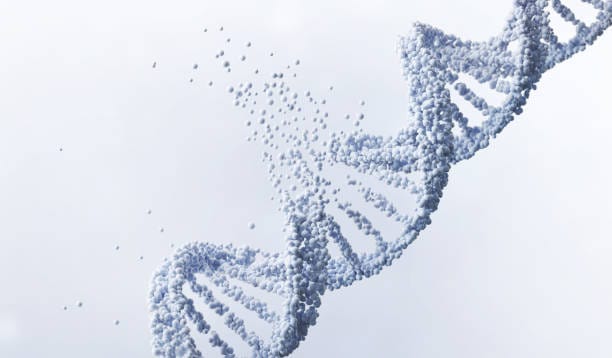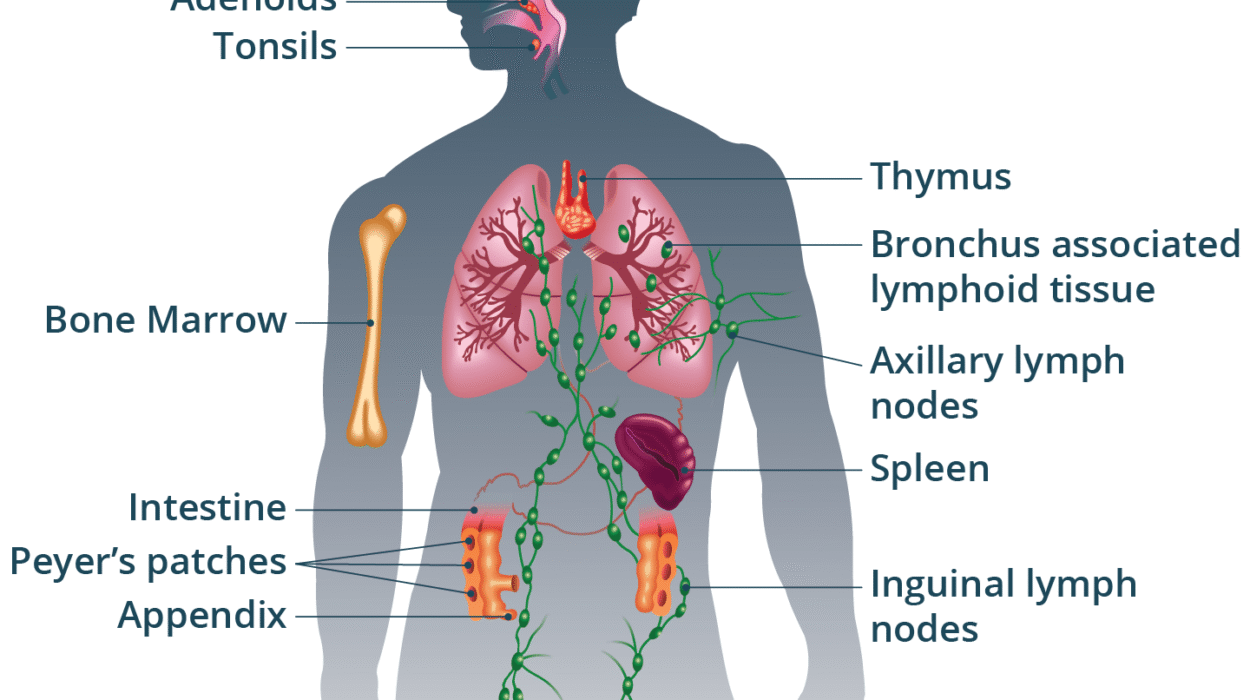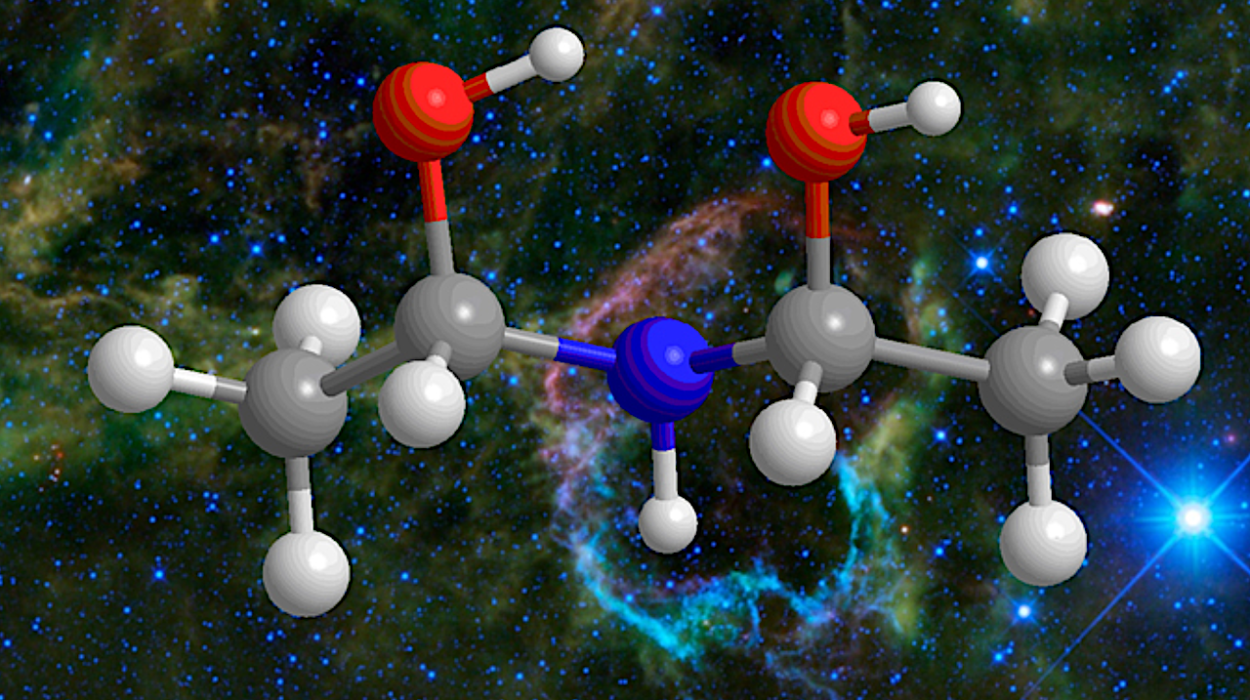For much of the 20th century, antibiotics were hailed as miracle drugs. They turned once-deadly infections into minor inconveniences, enabled complex surgeries, and lengthened human lifespans by decades. With a simple prescription, doctors could vanquish diseases that had once wiped out entire populations. It was a golden age of medicine.
But beneath this triumph, a quiet revolution was stirring—one not led by scientists, but by bacteria themselves. Through tiny mutations and ancient survival mechanisms, these microbes have begun to resist our weapons. What was once curable is becoming stubborn. What was once treatable is turning fatal. The age of antibiotic resistance is no longer a threat on the horizon. It is here. And it is growing.
The problem of antibiotic resistance is not a single event or outbreak. It is a creeping crisis, one that unfolds in hospitals and farms, in the gut and bloodstream, in developing countries and affluent nations alike. It challenges the foundation of modern medicine, from neonatal care to cancer treatment. It demands urgency—not panic, but resolve.
The Birth of Antibiotics: A Hopeful Beginning
To understand the depth of the antibiotic resistance problem, we must return to its beginning. In 1928, Alexander Fleming, a Scottish bacteriologist, returned from vacation to find that a mold had contaminated his petri dishes. Where the mold grew, bacteria vanished. That mold was Penicillium notatum, and its byproduct, penicillin, would change the world.
Penicillin entered clinical use in the 1940s and proved astonishingly effective against staphylococci, streptococci, and other pathogens. Soldiers wounded in World War II survived infections that would have killed them in earlier conflicts. The public embraced this medical marvel. Drug companies rushed to develop more antibiotics: streptomycin, tetracycline, chloramphenicol. By the 1950s and 1960s, a new age of healing seemed at hand.
But even Fleming had cautioned that misuse of antibiotics would lead to resistance. He warned in 1945, “The thoughtless person playing with penicillin is morally responsible for the death of the man who finally succumbs to infection with the penicillin-resistant organism.” That prophecy would unfold sooner than expected.
What Is Antibiotic Resistance?
Antibiotic resistance is not the same as the human body becoming immune to antibiotics. Rather, it refers to bacteria evolving ways to survive exposure to antibiotics. These microbes acquire genetic mutations or borrow resistance genes from other bacteria, allowing them to withstand drugs that once killed them.
Imagine throwing boiling water on a weed, only to find the next generation of weeds has learned to thrive in scalding temperatures. That is what resistant bacteria do—they adapt, learn, and pass on their tricks.
Resistance can arise through several mechanisms. Bacteria can:
- Develop enzymes that break down antibiotics.
- Alter their own cellular targets so drugs can’t bind.
- Pump out antibiotics using protein pumps before damage occurs.
- Hide in biofilms—slimy communities where antibiotics struggle to penetrate.
Because bacteria reproduce rapidly—sometimes in as little as 20 minutes—a single resistant strain can multiply into billions within hours. Worse still, they can share resistance genes with neighbors through horizontal gene transfer, spreading resistance like gossip in a crowded room.
The Role of Human Behavior
Bacteria don’t become resistant in a vacuum. Human actions accelerate the process, often unintentionally.
One major culprit is overuse. In some parts of the world, antibiotics are sold over the counter, taken for viral infections like colds and flu, which they cannot treat. Even when prescriptions are required, doctors may yield to patient pressure or write unnecessary prescriptions “just in case.” Each dose creates selective pressure: sensitive bacteria die, but resistant ones survive and multiply.
Another driver is misuse. Many people stop taking antibiotics as soon as they feel better, rather than completing the prescribed course. This partial exposure gives bacteria a chance to regroup and evolve, like soldiers retreating and rearming instead of being wiped out.
Then there’s the agricultural use of antibiotics. In livestock farming, antibiotics are often given not to treat illness but to promote growth and prevent disease in crowded conditions. This non-therapeutic use accounts for more than half of all antibiotics consumed globally. The result? Farms become breeding grounds for resistant bacteria, which can enter the human food chain through meat, water, or environmental runoff.
In hospitals, the very places designed to heal us, antibiotic resistance thrives. Patients with weakened immune systems, open wounds, or implanted devices are especially vulnerable. When resistant infections strike here, they are harder to treat, more likely to cause complications, and more prone to spread.
Superbugs: When Medicine Fails
The term “superbug” refers to bacteria that have become resistant to multiple antibiotics. They don’t just survive treatment—they laugh in its face. Names like MRSA (methicillin-resistant Staphylococcus aureus), CRE (carbapenem-resistant Enterobacteriaceae), and XDR-TB (extensively drug-resistant tuberculosis) have entered medical vocabulary with ominous tones.
MRSA, once confined to hospitals, now causes community infections through sports teams, prisons, and even gyms. CRE, dubbed the “nightmare bacteria,” resists nearly all available antibiotics and can spread resistance genes to other pathogens. Infections with CRE carry a mortality rate of up to 50%.
Perhaps most alarming is the rise of drug-resistant tuberculosis. TB has plagued humanity for millennia, but antibiotics had once brought it under control. Now, multidrug-resistant TB (MDR-TB) and XDR-TB are surging, particularly in parts of Asia, Africa, and Eastern Europe. Treating these strains requires toxic, expensive, and prolonged regimens—if they work at all.
In 2015, the world got a wake-up call when scientists in China discovered a gene called mcr-1. It conferred resistance to colistin, an old antibiotic revived as a last resort. The gene was carried on a plasmid—a piece of DNA easily shared between bacteria. Its discovery meant that even our backup weapons could be disarmed, and resistance could leap from animal to human pathogens in a single bound.
Global Consequences: A Return to the Pre-Antibiotic Era?
The consequences of antibiotic resistance are not theoretical. Already, an estimated 1.27 million people die each year due to drug-resistant infections. That’s more than malaria or HIV/AIDS. And unless dramatic action is taken, projections suggest that by 2050, that number could rise to 10 million deaths annually—making resistance the leading cause of death worldwide.
But the toll is not just in lives. Resistant infections lead to longer hospital stays, more intensive care, and higher costs. Surgeries like organ transplants, joint replacements, or cancer chemotherapy rely on effective antibiotics to prevent post-operative infections. Without them, these procedures become far riskier, even untenable.
The economic burden is staggering. A 2014 UK review predicted a global economic loss of $100 trillion by mid-century due to drug resistance. The crisis affects productivity, travel, trade, and food security. It is not just a health issue—it is a threat to global stability.
Why Aren’t New Antibiotics the Answer?
One might think the solution is simple: invent more antibiotics. And while that is part of the answer, it’s not as easy as it sounds.
Antibiotic development is scientifically challenging. Bacteria are living organisms with complex defenses, and identifying compounds that kill them without harming human cells takes years of trial and error. Even when a promising drug is found, clinical trials, regulatory approval, and manufacturing can take a decade or more.
Worse, the economics don’t add up. New antibiotics are used sparingly to preserve their effectiveness, making them poor investments compared to drugs for chronic conditions. As a result, major pharmaceutical companies have pulled out of antibiotic research, leaving the burden to small biotech firms and publicly funded institutions.
Even when new antibiotics are developed, resistance often follows swiftly. The clock is always ticking.
One Health: Recognizing the Interconnected Web
To combat antibiotic resistance effectively, we must look beyond individual sectors. The “One Health” approach recognizes that human health, animal health, and environmental health are inextricably linked.
Resistant bacteria travel across borders—not just national, but biological. They move from farms to food, from hospitals to homes, from sewage to soil. A prescription written in a city hospital can influence bacteria on a rural chicken farm and vice versa. Policies must reflect this interconnectedness.
Reducing unnecessary antibiotic use in agriculture, improving infection control in hospitals, ensuring clean water and sanitation in communities, and strengthening disease surveillance systems are all critical components of a unified response.
What Can Be Done?
While the picture may seem bleak, hope is not lost. Scientists, clinicians, policymakers, and communities are rallying to confront the problem.
In diagnostics, new tools are emerging that allow doctors to rapidly identify infections and determine which antibiotics will work—avoiding guesswork and inappropriate prescriptions. In stewardship, hospitals are implementing programs to ensure antibiotics are used only when truly needed, in the right dose, and for the right duration.
In research, efforts are underway to develop alternatives to antibiotics: phage therapy (using viruses to kill bacteria), antimicrobial peptides, CRISPR-based gene editing, and vaccines that prevent bacterial infections altogether.
In public health, campaigns are educating people about the importance of completing antibiotic courses, avoiding self-medication, and practicing hygiene to prevent infection in the first place.
In policy, global initiatives like the WHO Global Action Plan, the U.S. National Action Plan for Combating Antibiotic-Resistant Bacteria, and the UK’s 20-Year Vision for Antimicrobial Resistance are mobilizing resources and setting goals for a coordinated response.
The Power of Prevention
In the face of a microbial enemy that evolves faster than we can react, prevention is our most powerful tool. Clean water, hand hygiene, vaccination, and safe food practices are often more effective than any pill.
Every infection prevented is a chance not given to resistance. Every avoided prescription is a delay in bacterial evolution. Every act of stewardship is a vote for a future where antibiotics still work.
A Shared Responsibility
The problem of antibiotic resistance is not someone else’s problem. It belongs to all of us. Doctors must prescribe wisely. Patients must follow instructions. Farmers must use antibiotics responsibly. Politicians must fund research and regulate use. Journalists must raise awareness. Educators must teach the next generation. Parents, travelers, caregivers, engineers, scientists—every person on Earth is part of the solution.
Because in the end, antibiotics are not renewable resources. They are a finite inheritance, passed down from the moldy petri dish of Alexander Fleming to the ICU ward of a premature baby. To squander them is to betray the future.
Conclusion: The Race We Cannot Afford to Lose
Antibiotic resistance is not a natural disaster, but a human-made problem—and that means it can be solved. But it demands collective will, global coordination, and a fundamental shift in how we view health, science, and our relationship with the microbial world.
The bacteria are not malicious. They are simply doing what evolution has taught them: to survive. The question is, can we outsmart them without destroying the very tools that saved us?
The answer will define the future of medicine—and perhaps the fate of civilization itself.






